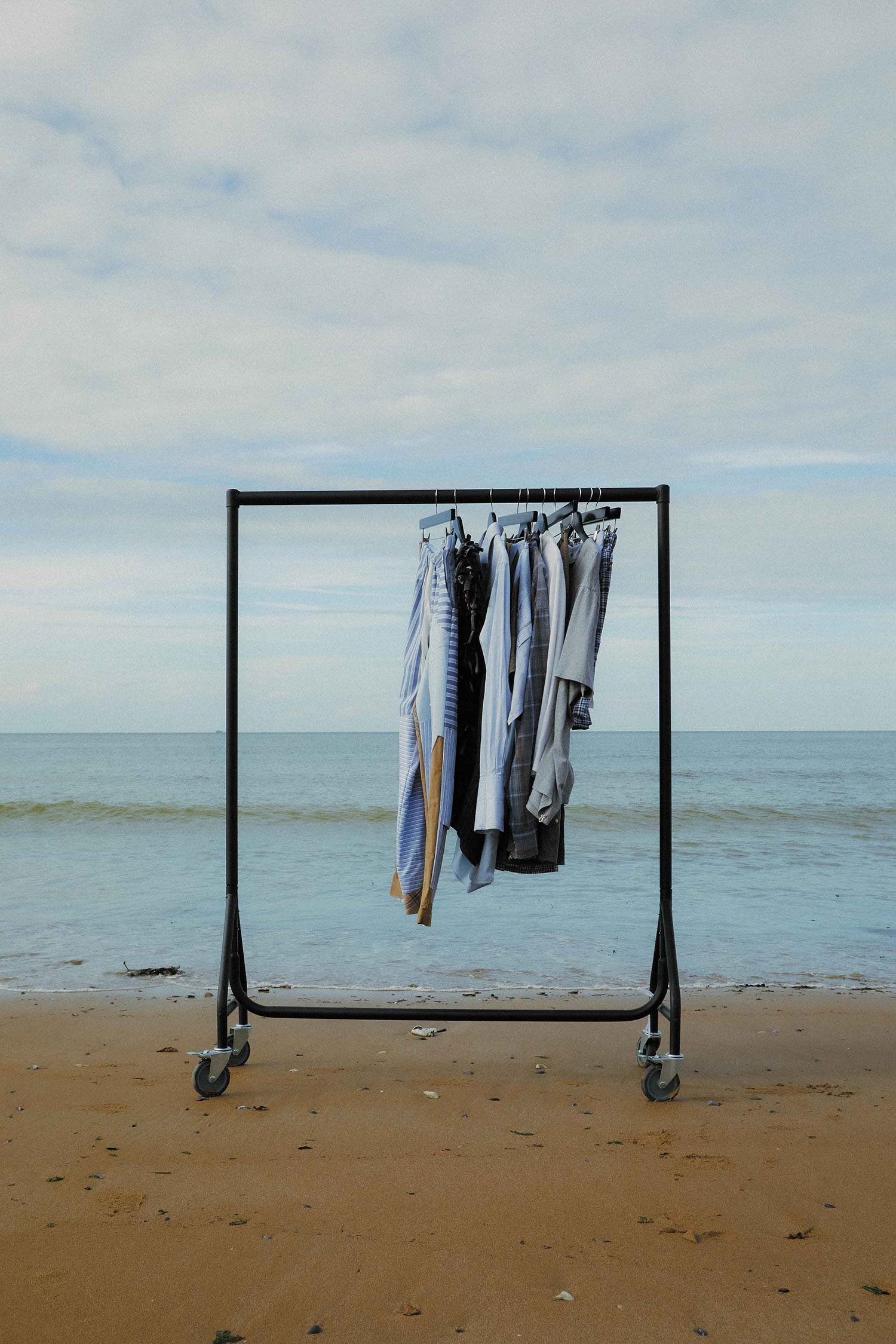Culture Mâché: Interview with Canterbury Artist Amelia Johnson, AKA Meelworm
Sculpturist Ameila Johnson on creating social observations in papier-mâché, people-watching and bringing ‘Boris’ to Vice UK
Artist and self-confessed papier-mâché enthusiast Amelia Johnson (@meelworm) finds inspiration in British subcultures, regional stereotypes and social observations.
Through her figurative artwork, Meelworm (a pseudonym she uses) creates characters that are often humorous, sometimes sinister and commonly recognisable. We caught up with Amelia to find out a little more.
What were your first steps into the world of art? Did you always know it was a career you wanted to follow?
I have always felt compelled to create things. As a child I loved to draw and, growing up, my creativity went through a few phases. I began wanting to be a fashion designer, in my teens a painter and then a photographer, but at around 15 years old I discovered a love of creating objects and depicting people in sculpture. I loved the challenge of engineering sculptures and capturing life in 360 degrees.
How would you describe your style of art to people?
My work focuses on figurative sculptures – I take a lot of inspiration from observing the people and world around me. Humour, irony and the human experience are key inspirations.
What is the process of creating your art?
The first step usually is to people-watch. Seeing people who are very distinctive, whether it’s facial features, gestural expressions or interesting and outlandish clothing, these characters always stick in my mind. I note these characteristics down, sketch them out and when I come to make a sculpture I refer back to these themes.
Much of your work is based on British culture – are there specific things that influence what you choose to create?
The influence of British culture in my work began to come through from my love of observation. I look for the microcosms of society: subcultures and regional stereotypes to bring to life through my sculptures and installations. Occasionally I am influenced by my personal experiences – this became particularly apparent in my body of work about the British seaside, having had a few run-ins with seagulls myself.
Tell us how the vice x Boris the Clown episode came about!
Every year UAL hosts an exhibition called Xhibit. I applied in 2022 with my sculpture Boris the Clown and during the exhibition I won the Vice Vision Award where I had the amazing opportunity to partner with Vice UK to talk about my work. I chose to do a video-format showcase and had such a fun day out in London showing Boris the sights. Boris the Clown was made in 2021 during my second year of university – he came out of the frustrations of lockdown. As a young person I think it is so important to be politically engaged; we are so lucky to live in a country where we are allowed to vocalise that through our artwork.
What has been your favourite piece to create?
Oh, definitely my final degree show work Oh I Do Like to be Beside the Seaside. This was a culmination of over a year’s worth of ideas and preparation. I really wanted to challenge myself by creating a life-size sculpture – I hadn’t had the confidence at university to attempt one until then and wanted to take full advantage of the space and workshops that Central Saint Martins had to offer. That piece brought me a lot of joy to make and I found really engaged people who came to see it, too.
You have used a few different mediums; do you have a favourite?
Yes, I mainly used papier-mâché and paperclay to make my sculptures up until last year, when I began to experiment more with ceramics. I swapped to ceramics after finishing university because my studio space is not big enough to be making papier-mâché works and they take a long time to make. With ceramics I have found I’m able to sculpt much quicker. But I do think papier-mâché will always be my favourite medium – it is so durable and I love that I can really scale up large with my sculptures when using it. I would love to one day have the space again to create and store more large-scale works.
Are there other artists who inspire you?
Yes! So many. I have always loved Grayson Perry and his keen social and political observations have been a constant inspiration from when I was a teenager. I am currently obsessed with artists like Dom Watson and Shona McAndrew – the latter inspired me to use papier-mâché for the first time – and of course artists like Ron Mueck and Paula Rego.





Do you get commissions to create a piece?
I have done small commissions in the past for friends and family. But getting more commissions is something I would love to work on in the next few years. Large-scale commissions and maybe some public art commissions, too, are something I aspire to do.
What is your proudest moment so far as an artist?
Probably graduating from Central Saint Martins. I struggled a bit through university and having Covid spoil most of it didn’t help. But we did it, I graduated with my friends and made work I’m really proud of in my final year. I am now looking forward to developing my work outside of an educational setting and seeing where it takes me.
Are your original art pieces for sale?
Yes, they are! Work is always for sale and I’m open for commission, too. But I do view my sculptures like my children, so there are some pieces I may not be able to let go of just yet.
What’s on the horizon for you?
In 2025 I really want to focus on building a significant body of work that incorporates larger papier-mâché works with smaller ceramic sculptures, and some painting and drawing. In the next few years I hope to put on my first solo exhibition using figurative sculpture to explore British culture, to celebrate and expose our green and grey land.












